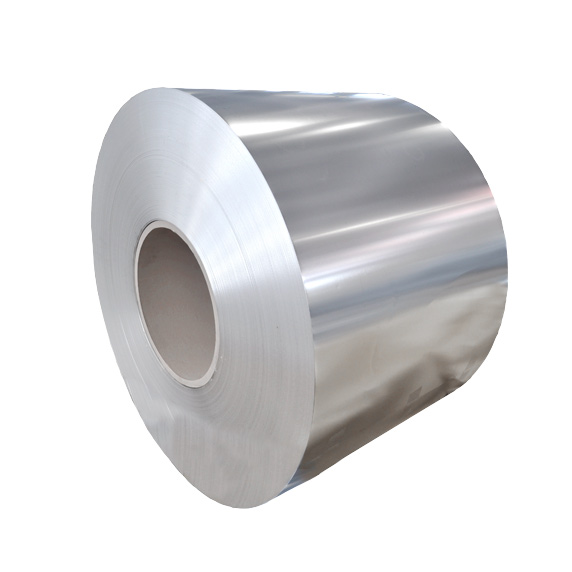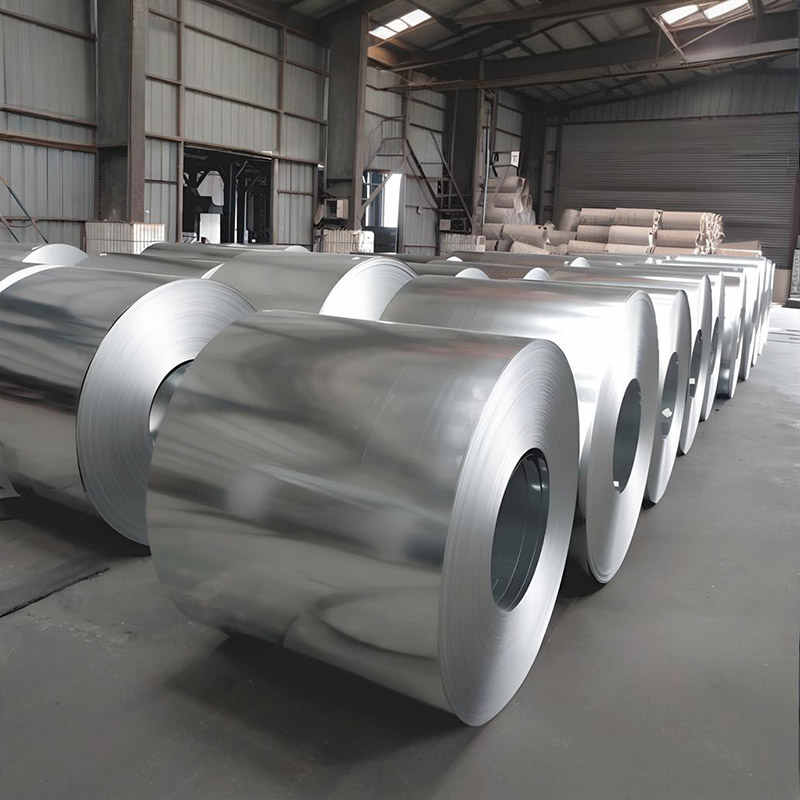What exactly is split tinplate and why has it become indispensable in modern manufacturing? Split tinplate refers to thin steel sheets coated with a layer of tin, precisely cut into specific dimensions to meet diverse industrial needs. This versatile material combines the strength of steel with the corrosion-resistant properties of tin, making it a preferred choice for numerous applications.
What makes split tinplate stand out from other packaging materials? The key properties that make split tinplate exceptional include its superior formability, excellent corrosion resistance, and remarkable strength-to-weight ratio. These characteristics ensure that products packaged in tinplate remain protected from external elements while maintaining their integrity. Additionally, split tinplate offers excellent printability, allowing for vibrant and durable branding that captures consumer attention.
Where can we find split tinplate in our daily lives? Its applications span across multiple industries. In the food and beverage sector, split tinplate is predominantly used for manufacturing cans, containers, and closures that preserve product freshness and extend shelf life. The pharmaceutical industry relies on it for packaging sensitive medications that require protection from light, moisture, and oxygen. Beyond packaging, split tinplate finds utility in the production of electronic components, automotive parts, and decorative items.
How can businesses ensure they select the right split tinplate for their specific needs? When choosing a supplier, consider factors such as material thickness, coating quality, precision cutting capabilities, and compliance with international standards. A reliable supplier should offer customization options to meet exact specifications while maintaining consistent quality across batches. Building a long-term partnership with a manufacturer who understands your application requirements can significantly enhance product performance and reduce production costs.
What does the future hold for split tinplate in an increasingly eco-conscious market? The industry is witnessing a surge in innovations aimed at improving sustainability. Manufacturers are developing thinner yet stronger tinplate variants that reduce material usage without compromising performance. Additionally, advancements in recycling technologies have significantly increased the recyclability of tinplate, making it a more environmentally friendly choice compared to many alternative materials.
In conclusion, split tinplate continues to be a vital material in various industries due to its unique combination of properties and versatility. As technology advances and sustainability becomes a greater priority, we can expect to see even more innovative applications for this remarkable material. By understanding its properties and applications, businesses can make informed decisions that drive product success and operational efficiency.



